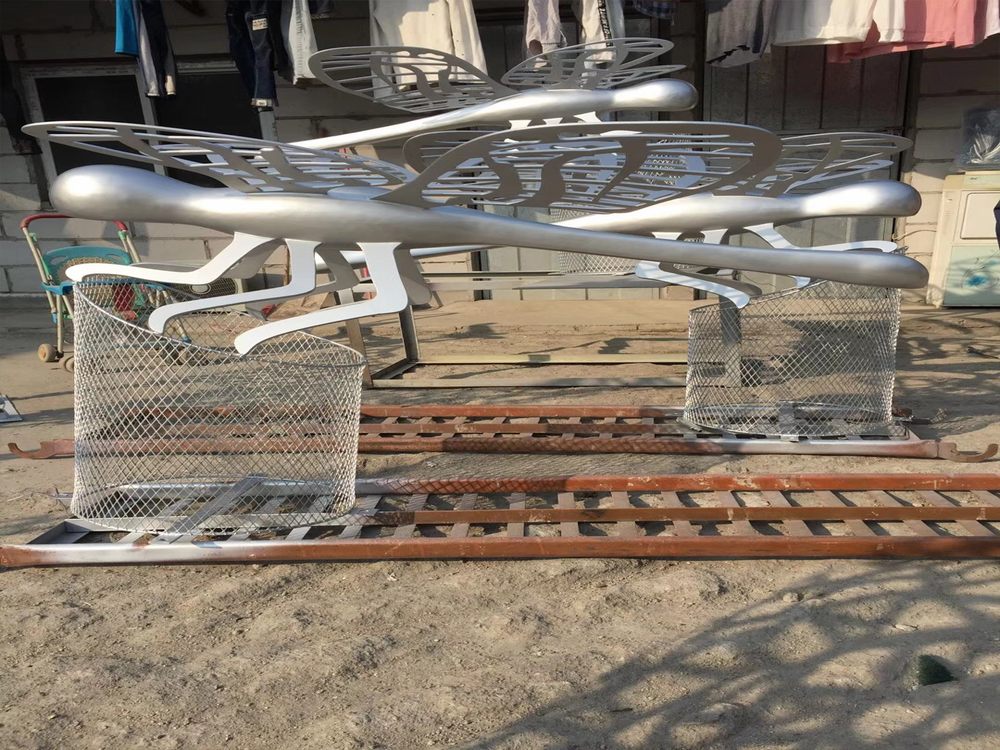
Creating a sense of movement or energy in large-scale metal sculptures requires a combination of artistic vision and technical mastery. One effective method is using asymmetrical or spiraling forms, which naturally guide the viewer's eye along a dynamic path. The strategic placement of curves, angles, and negative space can simulate motion even in static pieces.
Another approach involves incorporating kinetic elements, such as rotating components or wind-responsive parts, to introduce actual movement. Texturing techniques like hammered finishes or brushed metal can also create visual rhythm, enhancing the perception of energy.
For a more subtle effect, artists often play with balance and tension—tilting forms or cantilevering sections to suggest imminent motion. Lighting plays a crucial role too; polished surfaces that reflect changing light patterns can give the illusion of movement throughout the day.
Advanced techniques include using different metal alloys with varying reflective properties to create shimmering effects, or designing sculptures that interact with environmental forces like wind or water. The most successful pieces often combine multiple methods to achieve a powerful sense of vitality that engages viewers from every angle.
Ultimately, the key lies in understanding how viewers perceive motion and translating that into three-dimensional metal forms that appear to defy their static nature.

